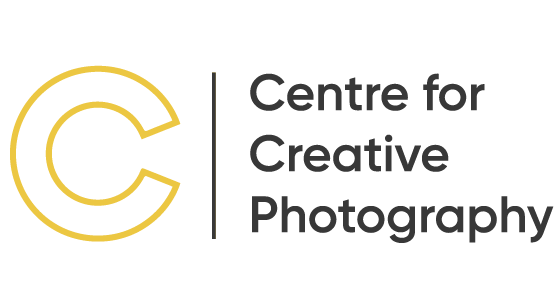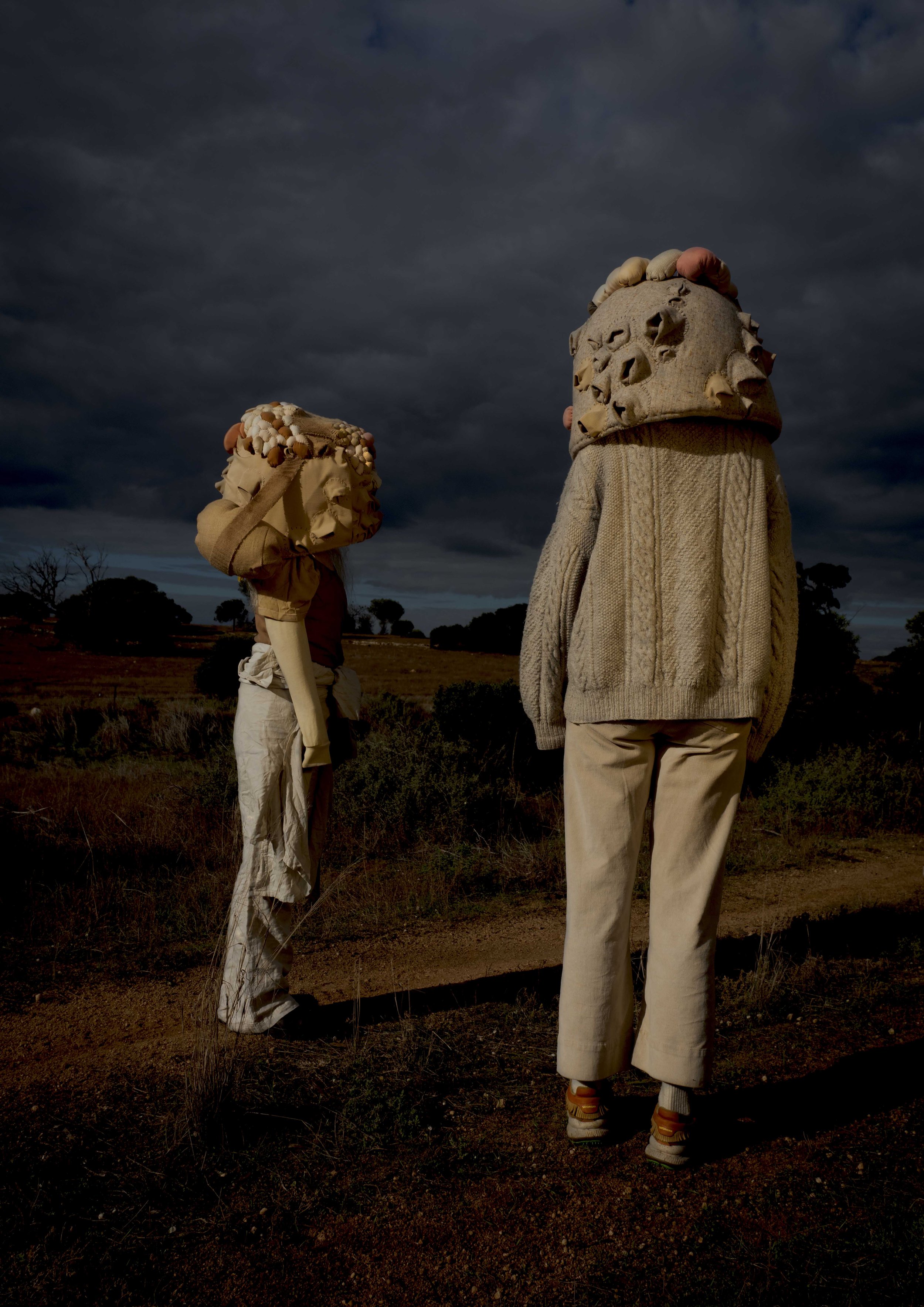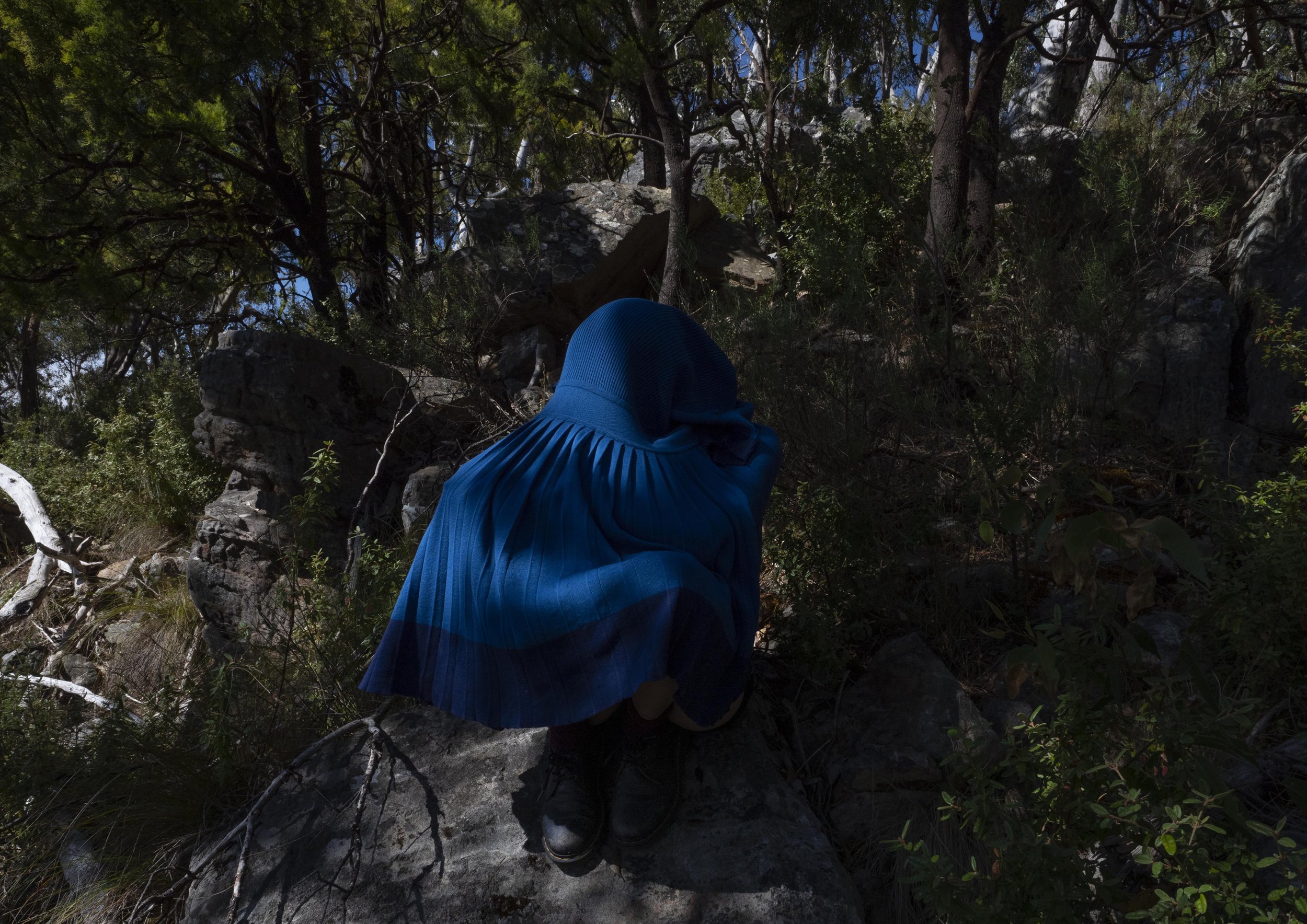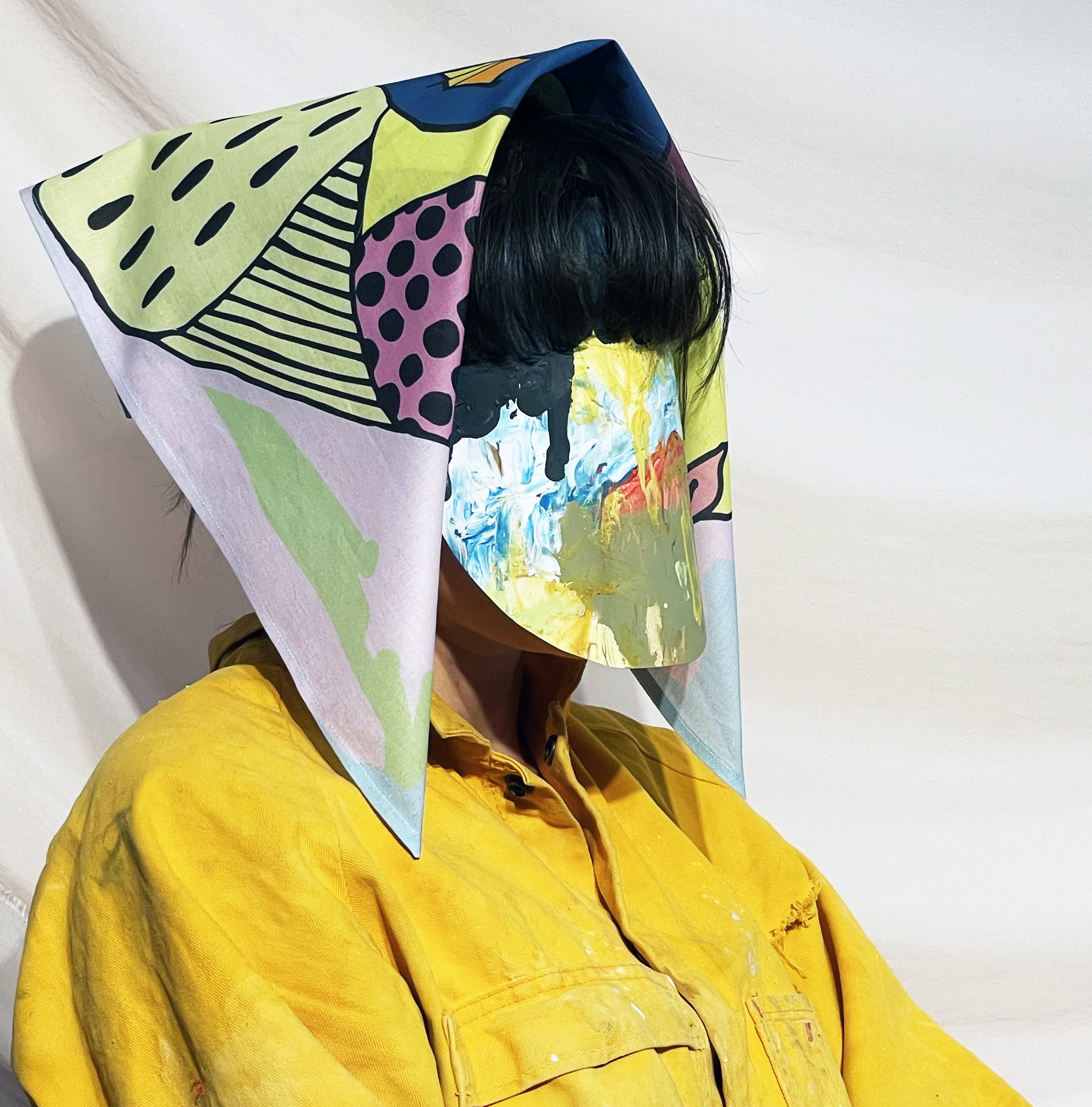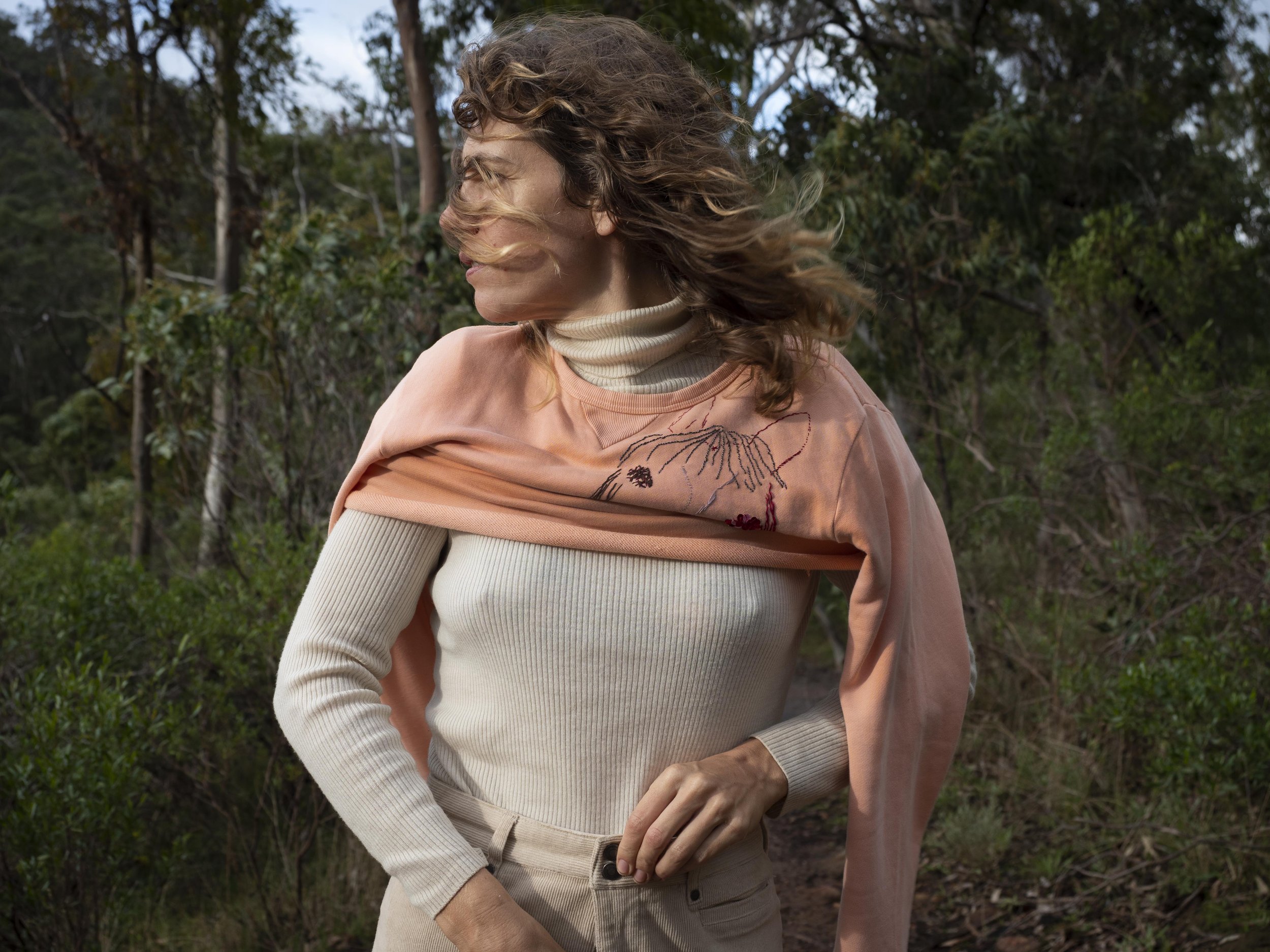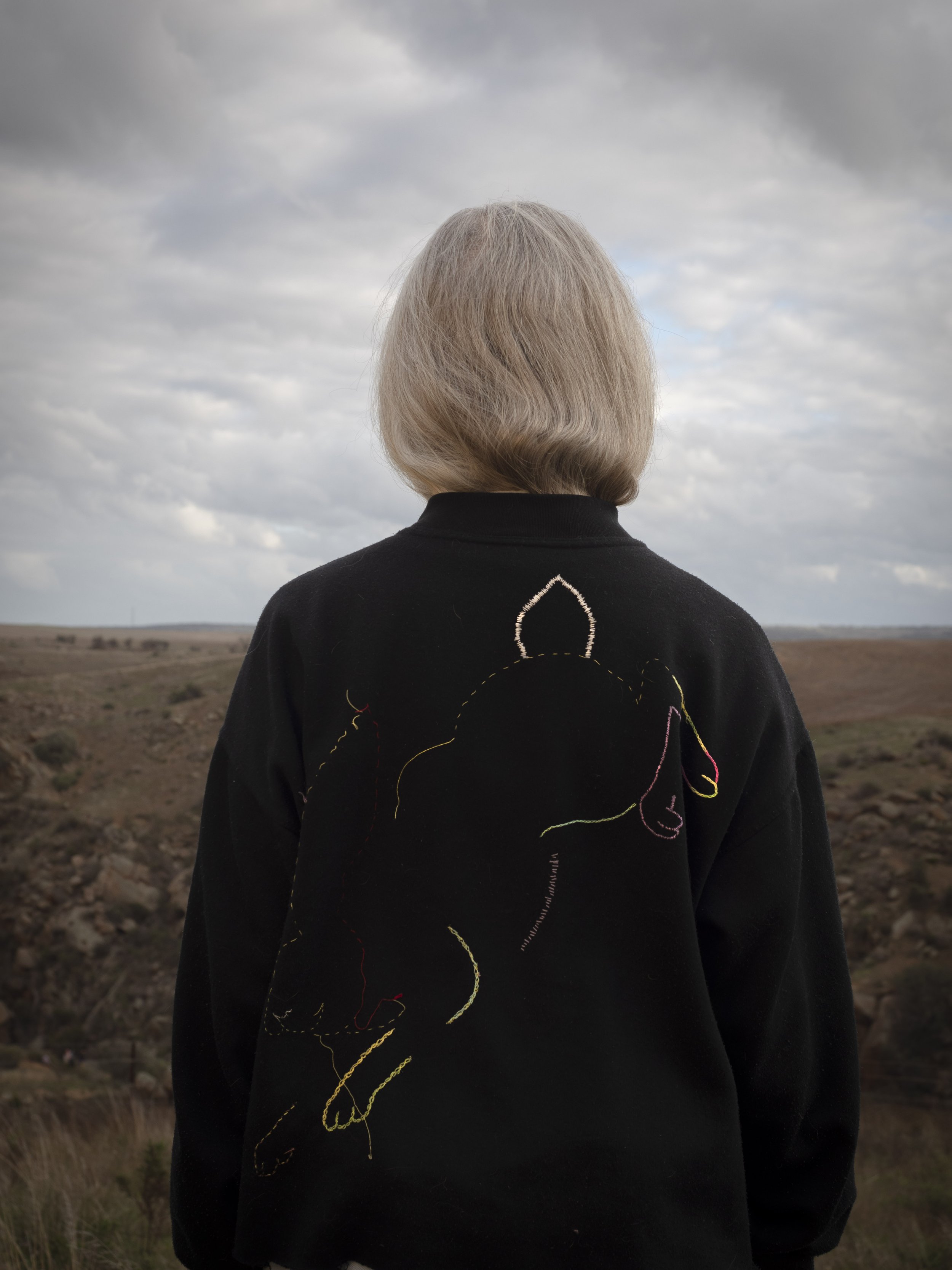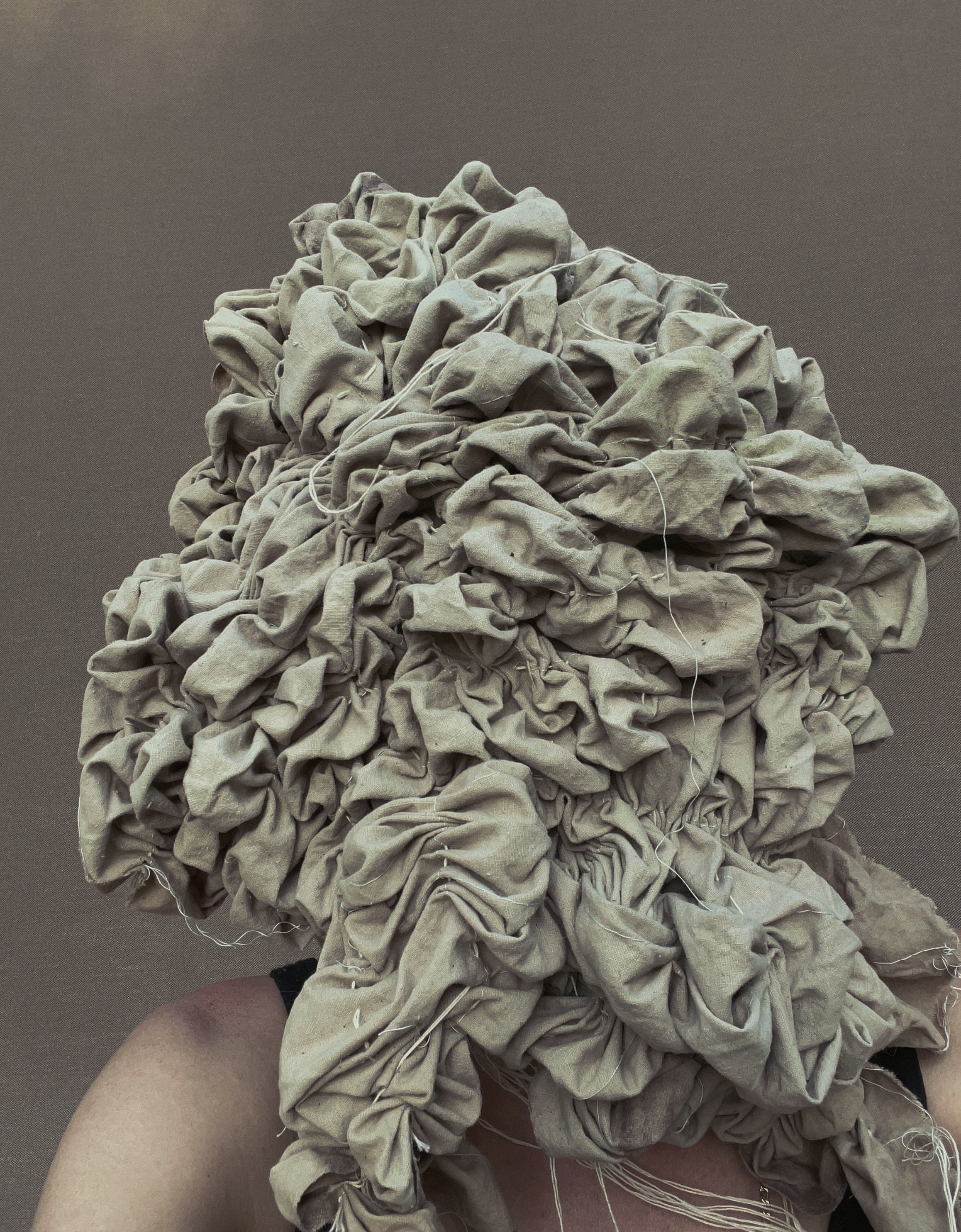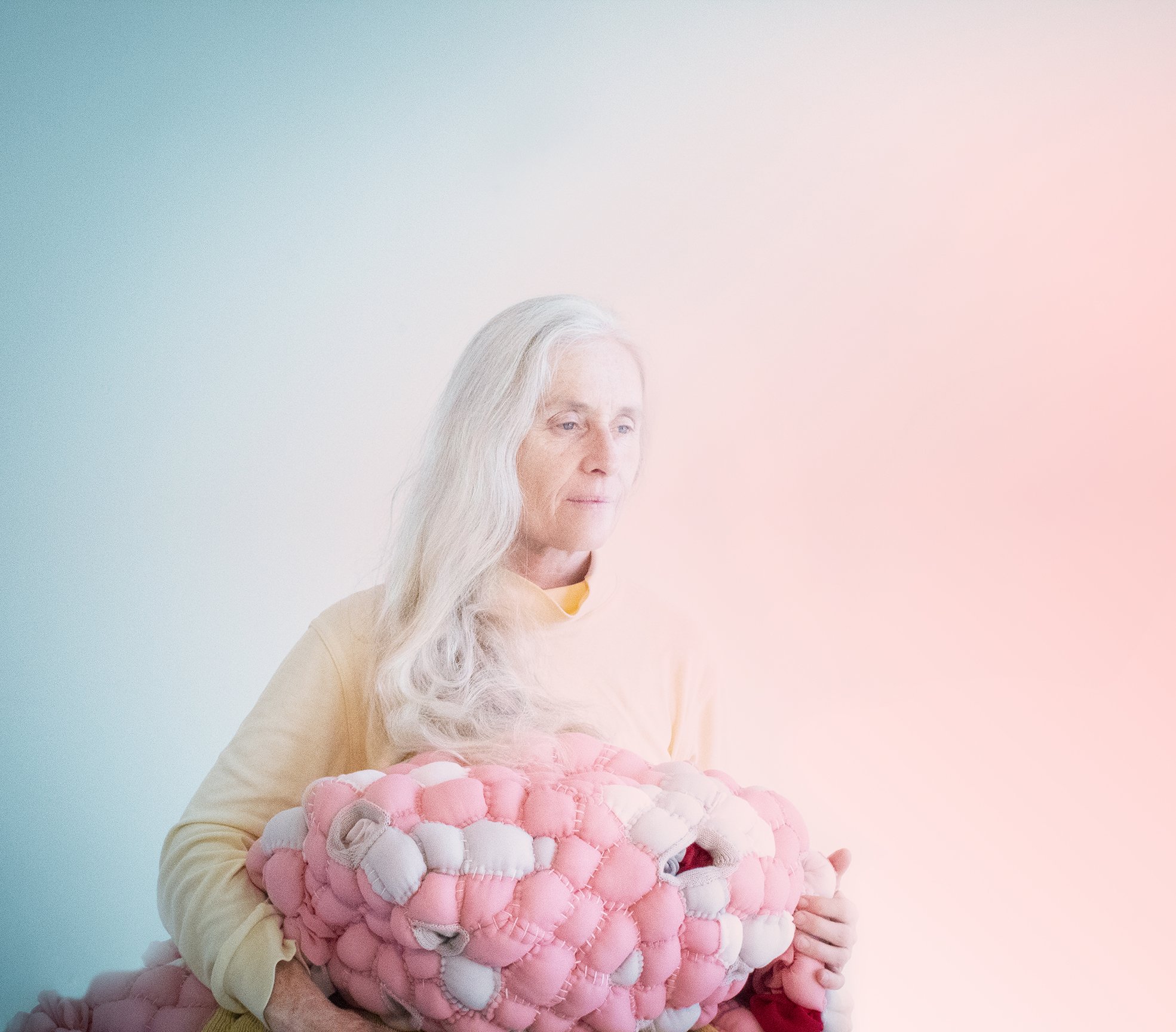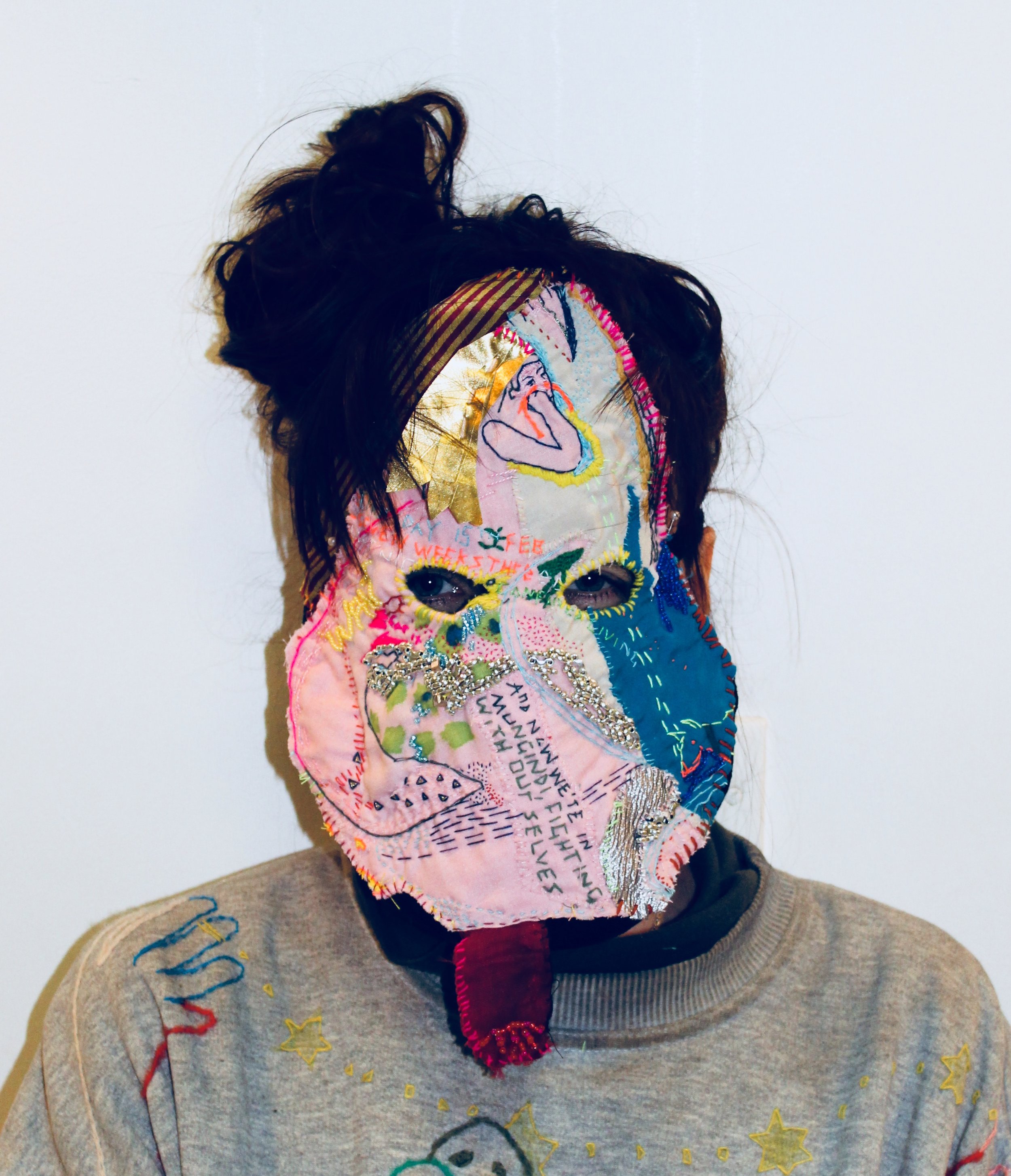CARBINS TRUST SCHOLARSHIP 2024 ANNOUNCED
We are pleased to announce the recipient of the 2024 M&M Carbins Trust Scholarship in conjunction with the Royal Society of Arts South Australia (RSASA)
This years recipient is Kasia Tons who is a textile artist living and working on Peramangk and Kaurna Country. Hand embroidery and mask making are central to her practice which Kasia feels, sits at the intersection of art, fashion, and craft.
Photography and video have become important tools in her narrative-based works. Depicting two and three-dimensional works within a world either real or imagined completes them. As a result Kasia’s work is quite a hybrid mix of materials which the selection committee found intriguing.
Kasia’s process to realising her work is slow and intuitive, colourful, and expressive. The labour and time invested in creating her work acts as an antidote for her to the fast pace of the modern world and the addictive seeking of instant gratification through digital means.
There are recurring thematic interests throughout her work which includes social impacts of digital technology use, the Anthropocene, and interpersonal/inter-species relationship dynamics.
Though still an emerging artist, Kasia has exhibited nationally and internationally and has participated in residencies in Iceland, the USA, Latvia, the Slovak Republic, and the Rothko Art Centre.
Latvia holds two of her pieces as part of their permanent collection and Kasia’s work was selected as a finalist for the 2021 Ramsay Art Award. She is currently a studio member of Central Studios in Kent Town.
In her application for this scholarship, Kasia stated:
“I've been using Photoshop for a long time and other adobe programs, but I use it in quite a limited way. I studied some modules of Photoshop as part of my textile design degree in 2007 but it was mainly for making mood boards and patterns not photography.
Photography is a medium I have been drawn to for many years, but have felt intimidated by and limited for my lack of technical knowledge and self-doubt as a result. My goals are to create and exhibit colourful narrative works that combine my existing textiles art practice with photography. I like creating moody, atmospheric photos set in some futuristic semi apocalyptic time.”
Of the scholarship
Malcolm Carbins was born in Kapunda on 5 March 1921. He died on 23 February 2002, aged eighty-one years. He was the only child of Emily and Arthur Carbins. As a young boy Malcolm contracted rheumatic fever and was bedridden for several months. He requested drawing materials from his parents, who thought that was a good distraction as he needed something to fill in the time.
From that time Malcolm expressed an interest in becoming an artist. This meant his parents would have to pay for his education at a time of great hardship in Australia, post-World War One. Both his parents found this a difficult concept and definitely wanted him to become professional in a more reliable field of work. In an attempt to dissuade Malcolm, his father took him to the National Gallery of South Australia (NGSA, now AGSA) to meet the Director, Louis McCubbin, hoping he would tell Malcolm, after viewing his portfolio, that he was not talented enough to study fine arts. Instead, and fortunately for Malcolm, McCubbin told Arthur that Malcolm should be trained and recommended the School of Fine Arts in North Adelaide, which was then run by Frederick Millward Grey (1899–1957). So Carbins studied under F Milward Grey’s system, which concentrated then on drawing from the antique model. During those years he cited as influences Augustus John and George Lambert.
After serving as a signalman in New Guinea during WW2, Carbins studied for one more year under F Milward Grey. The small pension received from the Commonwealth Reconstruction Training Scheme (CRTS) made it possible for Malcolm to go to study at the East Sydney Technical College (ESTC).
During his time of some three and half years in Sydney he worked as a newspaper cartoonist and, around 1947, travelled with Australia’s biggest circus, Wirth’s, drawing many of the clowns and circus performers. This kind of work became a mainstay of his practice there, and he first received recognition for it when he exhibited locally. He moved back to Adelaide, and by 1954–56 his painting style had gravitated towards the abstract.
After his and his wife Margaret passed (Margaret also had a passion for contemporary art collecting), there was a trust established at their behest to support local young and emerging artists across all mediums of art practice – hence this scholarship for a CCP applicant which is now in its second year.
Congratulations Kasia and we look forward to welcoming you into the CCP community when your studies commence on January 29!!!
Image credit - Sam Roberts.
Kasia’s submitted portfolio
